Gigantic Cosmic Vine Discovered In Deep Space
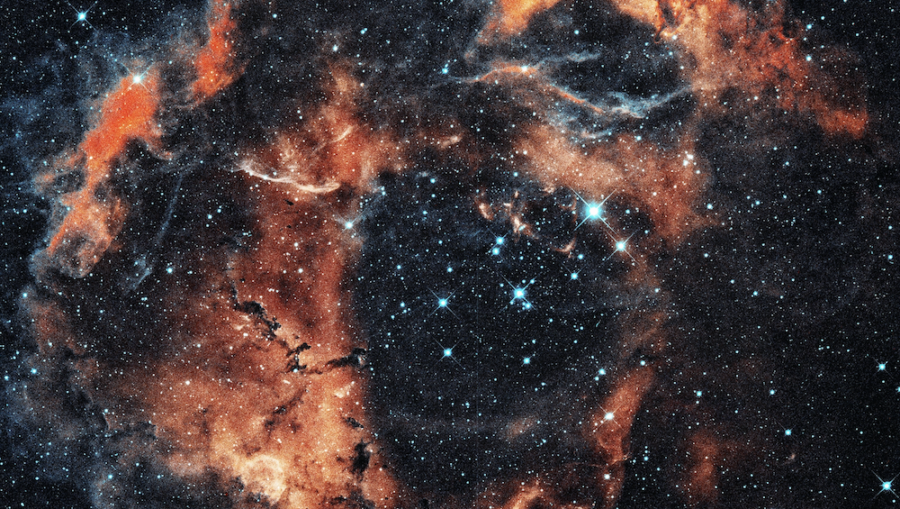
Over the years, scientists have made significant strides in mapping the intricate cosmic web – the complex network of filaments made up of dark and ordinary matter that connects galaxies across the universe.
Now, researchers from Denmark, Chile, the U.K., and the Netherlands have discovered a new, puzzling large-scale structure in the universe called a cosmic vine, Vice reports.
Cosmic Vine Spans 13 Light Years
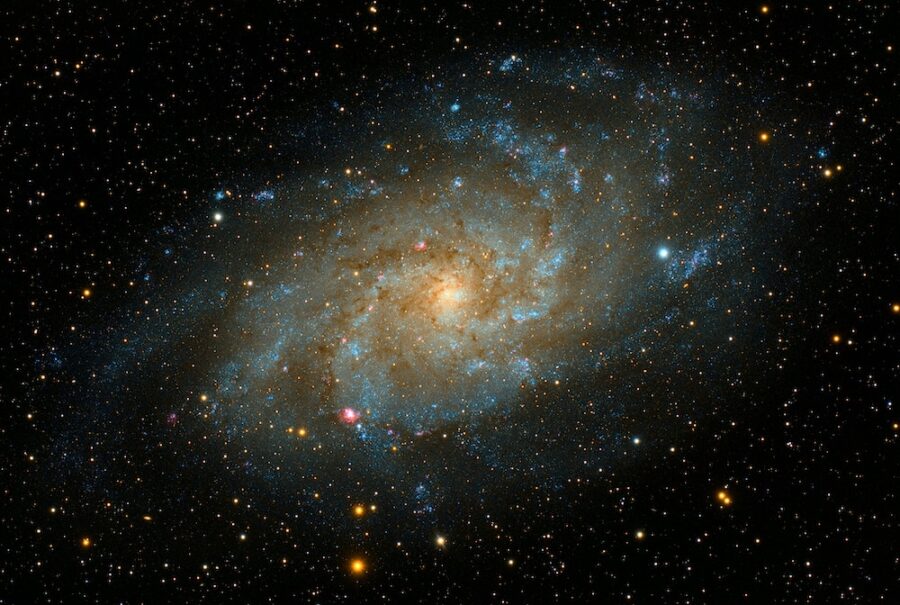
The cosmic vine, as described by the scientists, is a sprawling vine-like structure spanning over 13 light years and is made up of 20 galaxies.
What sets this discovery apart is not just its size but its age – existing in the early universe with a redshift of 3.44. This places its origin around 11 to 12 billion years ago. These findings were made possible by the cutting-edge James Webb Space Telescope (JWST).
James Webb Space Telescope
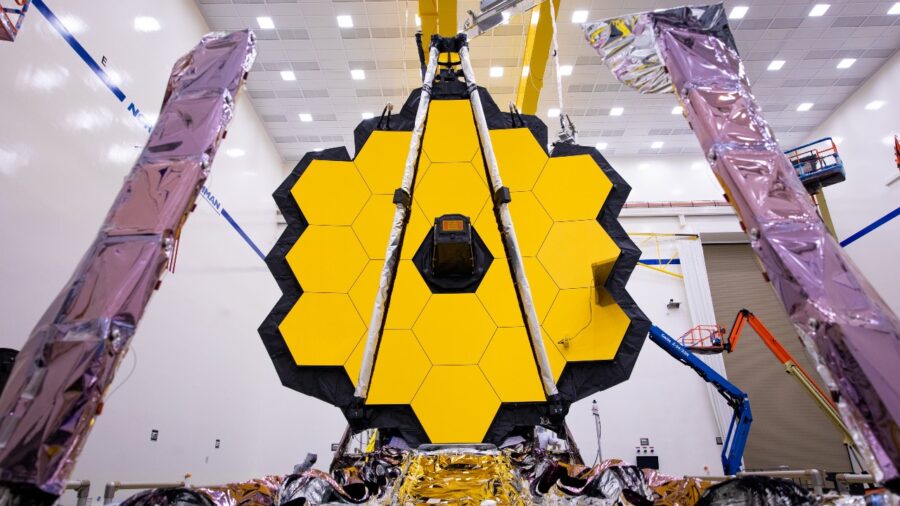
The JWST is designed for infrared astronomy, enabling the observation of objects too old (like the cosmic vine), distant, or faint for the Hubble Space Telescope.
Named after James E. Webb, the administrator of NASA from 1961 to 1968, the telescope’s primary mirror bosts 18 hexagonal mirror segments made of gold-plated beryllium, creating a 6.5 meter-diameter mirror, with a sizeable light-collecting area six times larger than the Hubble Space Telescope.
More Than A Celestial Wonder

However, the cosmic vine is more than just a celestial wonder. It holds the key to unlocking the secrets of the galaxy. Recent studies on the cosmic web have emphasized the crucial role filament structures play in providing the materials necessary for galaxies to grow.
A previously identified filament was likened to a “pipeline” channeling resources for potential growth.
Researchers believe that studying the cosmic vine will offer valuable insights into the fundamental processes of galaxy formation and evolution. The cosmic vine also raises questions that challenge our understanding of celestial phenomena.
The scientists observed that, despite being in a growth phase, it hosts two galaxies that have entered a quiescent state, meaning they have stopped forming stars.
Existing Models

This anomaly contradicts prevailing theories that suggest star formation should stop only at the core of developing clusters. The researchers point out that this discrepancy poses a significant challenge to existing models of massive cluster galaxy formation.
“What is the culprit quenching their star formations at so early cosmic time?” the researchers ponder in their cosmic vine paper published via the arXiv server on November 8.
Starburst
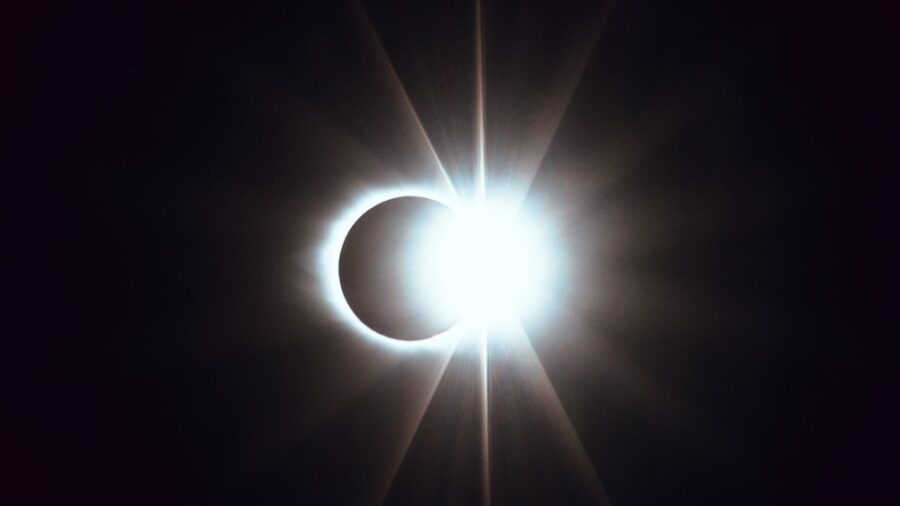
Potential explanations include a starburst triggered by merging galaxies, where star formation occurs at an accelerated rate, depleting available resources rapidly.
Another hypothesis suggests feedback from a supermassive black hole embedded in one of the galaxies, known as an Active Galactic Nucleus (AGN).
To unravel the mysteries of the cosmic vine, the researchers advocate for future studies involving a large sample size and dedicated cluster simulations.
Peering Into Space
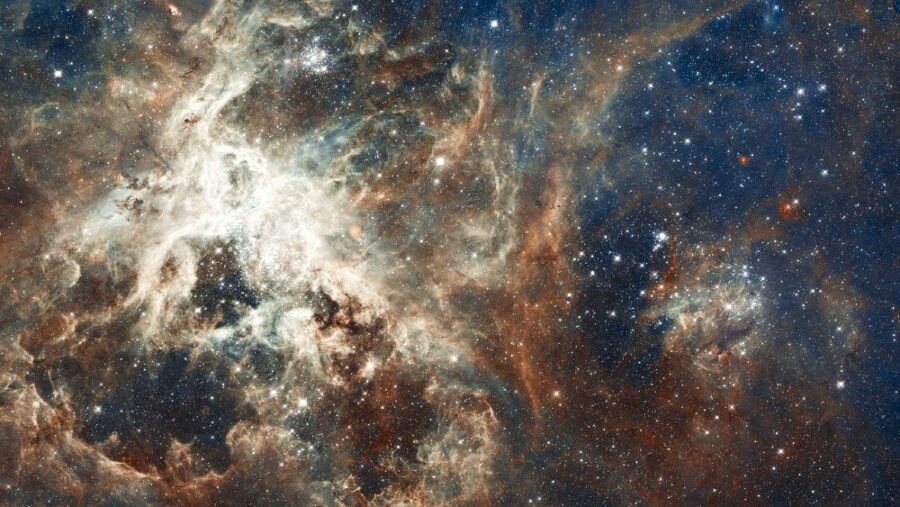
These endeavors, they believe, will be crucial in solving the puzzle presented by this awe-inspiring structure, offering a deeper understanding of the cosmic processes shaping our universe.
As scientists peer into the vastness of space, the cosmic vine stands as a testament to the interconnectedness of celestial bodies and the continuous quest for knowledge in the realm of astrophysics.












